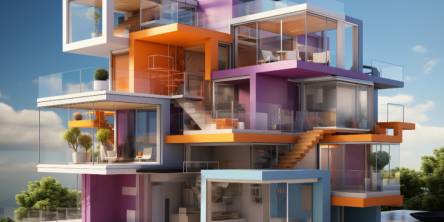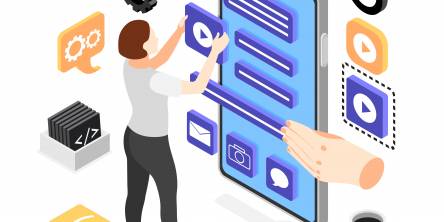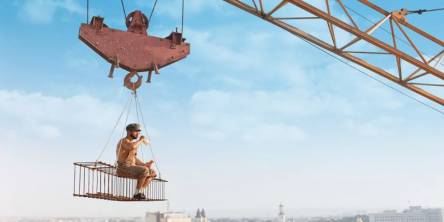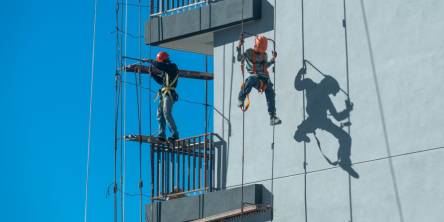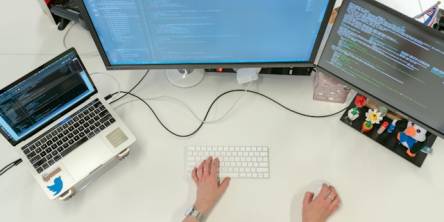Building Layer by Layer: The Role of 3D Printing in Tomorrow’s Construction

3D printing isn’t just for prototyping small parts or making decorative items anymore. In recent years, it’s moved firmly into the construction space, promising to change how we design, cost, and build structures. From homes to infrastructure, this layered approach is beginning to influence both method and mindset across the building industry.
As it evolves, the question isn't whether 3D printing will be used in construction — it's how widely and in what ways.
What 3D Printing Really Means for Construction
At its core, 3D printing in construction involves using large-scale printers to create structural components by layering material — typically concrete or similar substances — one line at a time. These machines are programmed with a digital blueprint and follow precise paths to “print” walls, panels, and even entire shells of buildings.
Unlike traditional construction, where materials are cut and assembled from pre-manufactured elements, 3D printing creates components directly from digital models. This direct path from design to output can dramatically reduce waste and improve build times.
Speed and Efficiency Gains
Time is a major factor on every building project. The ability to erect structural components quickly — sometimes in just a few days — makes 3D printing an attractive option, especially for housing developments or temporary structures.
It also reduces reliance on multiple trades during early stages of the build. Once the printer is set up, it can operate continuously with minimal supervision, decreasing both labour costs and the coordination required.
For builders looking to scale or operate under tight deadlines, this opens up new possibilities in how projects are planned and executed.
Custom Design Without the Cost Blowout
One of the most promising aspects of 3D printing is its ability to handle complex or customised architectural features without driving up labour costs. Curves, overhangs, and textured finishes that would be expensive or time-consuming using conventional methods can be integrated into the digital model and printed with minimal additional effort.
This could dramatically expand design options in residential construction, allowing builders to offer bespoke finishes without inflating the budget. For clients, this means greater creative freedom. For builders, it presents new value propositions and competitive advantages.
Challenges Holding Back Adoption
Despite the advantages, 3D printing isn’t ready to replace traditional construction methods across the board. Equipment costs, regulatory hurdles, and limitations in structural testing remain real barriers. Not all councils or insurers are yet comfortable with printed buildings, and building codes haven’t fully caught up with the technology.
There are also limitations in the materials used. While concrete is the current front-runner, it doesn’t yet offer the versatility or insulation performance of timber-framed or brick systems. For multi-storey buildings or those in high-risk areas, 3D printing may not yet meet safety or performance standards.
Digital Integration and Project Coordination
Where 3D printing aligns seamlessly with modern construction is in its digital foundation. Every project begins as a digital model, making it highly compatible with other tech-driven workflows like Building Information Modelling (BIM), prefabrication, and automated scheduling.
This is where software for construction management plays a crucial role. When builders manage their estimates, schedules, and material requirements digitally, integrating 3D-printed components becomes far simpler. The flow of information from design through to build is uninterrupted, improving both coordination and cost control.
By combining printing technology with intelligent project tracking, builders can ensure the benefits of speed and efficiency are carried through the entire build — not just the structural phase.
Environmental Considerations
Sustainability is another driving force behind interest in 3D printing. With its potential to reduce material waste and reliance on heavy logistics, printed construction may offer a lower-carbon option compared to traditional building.
Recycled materials and biodegradable compounds are also being explored, though they’re still in early stages. If these materials can meet performance and safety standards, they could significantly shift how builders approach environmental compliance and waste reduction targets.
Looking Ahead
3D printing won’t replace traditional construction overnight. But for certain types of projects — especially low-rise residential, temporary housing, or structures in remote locations — it offers a compelling alternative. As technology improves and regulations adapt, we’re likely to see more hybrid approaches, where 3D-printed components work alongside conventional systems.
Builders who understand how to incorporate these new tools into their workflows — especially by integrating them with digital planning and software for construction management — will be best placed to take advantage of this shift.
Conclusion
3D printing is more than a novelty. It’s a new way of thinking about what’s possible in construction. By embracing digital planning and remaining open to innovation, builders can expand their capabilities and prepare for a future where design, speed, and sustainability go hand in hand.
Similar Articles
Architectural 3D rendering price guide covering costs, factors, AI impact, and typical pricing for residential and commercial exterior and interior renders.
Most large organisations already know how hard enterprise application testing can be. You’ve got old and new systems talking to each other, custom code layered on vendor platforms
When it comes to working at heights, safety and efficiency are paramount. Aerial work platforms (AWPs) have revolutionized how professionals approach elevated tasks across countless industries, from construction sites to warehouse operations.
The modern age of customers expect constant availability, no matter what the offer. And for that, the market requires rapid innovation cycles. In such a high stakes environment, technology infrastructure is more than just a cost center.
When evidence seals fail, cases weaken. Explore how compromised chain of custody can derail investigations and jeopardize justice.
Compare hydraulic and traction residential elevators to find the best fit for your home. Learn how each system works, their pros and cons, space needs, energy use, and maintenance requirements.
Extend the lifespan of your commercial marina docks with proactive maintenance. Learn essential inspection routines, material-specific care, and safety tips to protect your investment and ensure long-term dock performance.
Learn the key factors in designing an engineered fall protection system. Discover how hierarchy of controls, task analysis, structural integrity, and fall clearance ensure safety and compliance.
Today, modern businesses face constant pressure to operate with maximum efficiency. This requires a technology infrastructure that is both agile and robust. However, the traditional model of on-premises data centers often has significant limitations. These legacy systems can drain valuable resources from teams.

